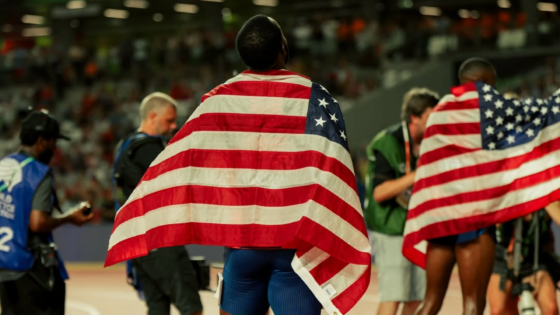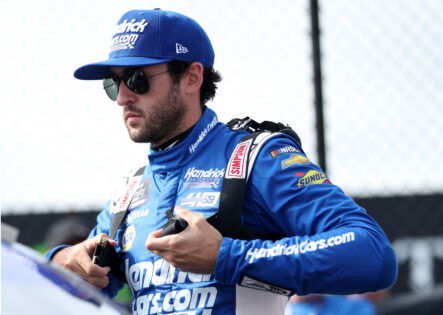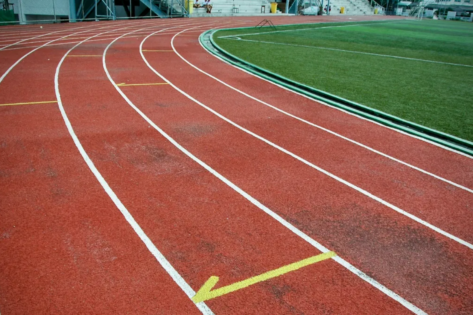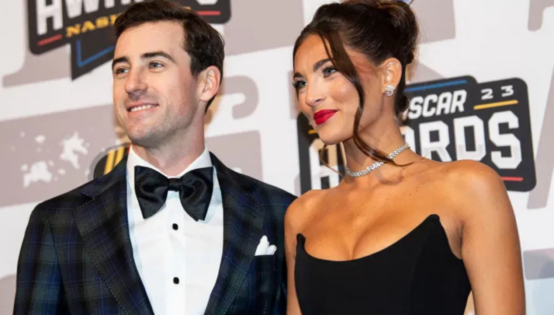This track and field athlete surged from the blocks in the 110 m hurdles final at the Paris Olympics (Aug 8, 2024), briefly leading early through the first hurdle. He was clipped at hurdle 2, suffered at least four hurdle hits, yet maintained his drive. In a dramatic photo finish, he dove across the line to edge Jamaica’s Rasheed Broadbell by 0.003 seconds, clocking 13.085 s for silver behind Grant Holloway’s 12.99 s gold. Daniel Roberts emerged battered but triumphant, helping complete a historic U.S. 1–2 podium sweep. About 11 months later, life has not been the same for him. What went down?
“Hey guys, I’m Daniel Roberts, and today we’re going to talk about the business side of Track & Field. But let’s just start here. From January 1st to now, I’m unsponsored.” Announced the 2024 Paris Olympics silver medalist in his recent YouTube video. He signed with Nike in June 2019, just as he turned pro. The brand continued to back him through his 2023 World Championships bronze and the 2024 Olympic silver, but not in the 2025 season.
He talked about how he is not getting paid regularly, but cited it as a part of the game. In the video posted on July 7, 2025, he also pointed out what these sponsorships mean for the brand and for the athletes, and how it ideally should be. He said, “With Track & Field, like our income is from sponsorships. When it comes to these brands and companies, it’s all about marketing for them. I would want it to be more about, like, oh, we want to be a part of Track & Field, we want to support these great athletes. It’s not like that, unfortunately.” So if not the greats, who are the brands then going with?
Roberts tells, “They’re going to pick the athlete that’s going to get the most eyes to them. A lot of times that’s the winner, the people that are winning, the people that are running fast, but also a lot of times that’s the people with the biggest following, the people with the fans.” The best example for this would be Usain Bolt – a great, a winner who is apart of both categories. Bolt’s fan following and his dominance on the track need not be established, but one could talk of his sponsors.
Credit: Instagram/ Daniel Roberts
He has a lifetime deal with Puma, reportedly worth around $10 million annually (down to ~$4 million in retirement) after negotiations were sparked by Nike’s interest. His other partnerships include Hublot (global ambassador since 2010), Epson (EcoTank printer ambassador since 2021), Allianz Direct (Italian insurance, eight-year deal from 2021), Digicel (lifetime ambassador since 2016), etc. Notice how some came when he was dominating the track, while some came after his retirement in 2017.
The silver medalist then told them it’s a big thing to be able to build your brand early on. “You got the best start and learning how to balance that part of it, because the results alone will never be enough for the brands. They want a certain look, they want to reach a certain audience, so if you’re just really great at what you do, it won’t always get you the maximum that you can get,” he said. Allyson Felix was hiding her pregnancy because she felt that once the news got out, her sponsor is going to cut her money. The brand changed its policy for pregnant athletes after the criticism by Felix, whose contract with the company ended in 2017.
He clarified that this isn’t meant as criticism toward the brands—it’s simply the nature of marketing. Brands want someone who can connect not only with their target demographic but also appeal to a broader audience. It’s about balancing performance with qualities like appearance, charisma, and style, along with accomplishments like records and standout performances. He also advised, “Just don’t go into it thinking that, oh if I just run fast, I’m gonna be good. If I just jump far, I’m gonna be good because there’s so much more to it.” The same happened with Daniel Roberts. But why would Nike drop him, especially after his success in the 2024 Olympics?
Why did Nike drop the track and field athlete?
In an interview Robers said, “I know this because after my best year, winning an Olympic silver medal and breaking the 13-second mark for the first time, my sponsor dropped me, and I’ve had to live off prize money for the past six months. It’s a shame, but with the way athletics is going, athletes have to focus on more than just competing well.” Before his Paris Silver medal, he had clocked a time of 12.96 in the Olympic trials. So why did Nike drop him?
Credit: Instagram/ Daniele Roberts
One of the reasons could be his season after that. Following his silver medal in Paris, the track and field athlete returned to the track but couldn’t recapture the same spark. His first post-Olympic showing in Lausanne saw him finish 4th in 13.26s. Then he responded with a 13.24s run in Chorzów to take 3rd. In Zürich, he sharpened his time to 13.18s but slipped to 5th against the opposition.
Roberts found brief momentum in Zagreb with a 13.18s runner-up finish—his best post-Games result, but disappointingly closed the season, finishing 8th in Brussels at 13.44 s. Also, to this day, the man has not broken the sub-13 after the Olympic trials in 100mH. No wins, no records mean no face. He has about 23.6K followers on Instagram. But again, how can an athlete push to be better without the backing of a sponsor? Brands can and must invest in an athlete. What do you think?
The post Olympic Star Reveals Harsh Track & Field Reality After Losing Sponsor appeared first on EssentiallySports.



